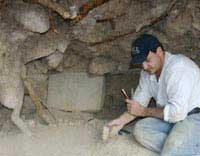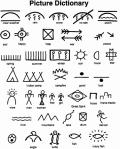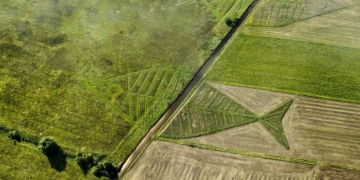Luke Budworth shared that discovering historically significant murals in his apartment on Micklegate was truly beyond imagination.
A young man looking to renovate his kitchen accidentally uncovered a 400-year-old mural with “national significance” in York, England, as reported by the Guardian on March 20.
A section of the mural, dating back to around 1660, was found by kitchen fitters in Luke Budworth’s apartment on Micklegate in downtown York last year and had not been preserved since then.
The murals are believed to be older than the buildings on either side of the wall, depicting scenes from the book Emblems (1635) by poet Francis Quarles.
Budworth, a medical researcher at the University of Leeds, felt “impressed” that the artwork predated historic events such as the Great Fire of London (1666).
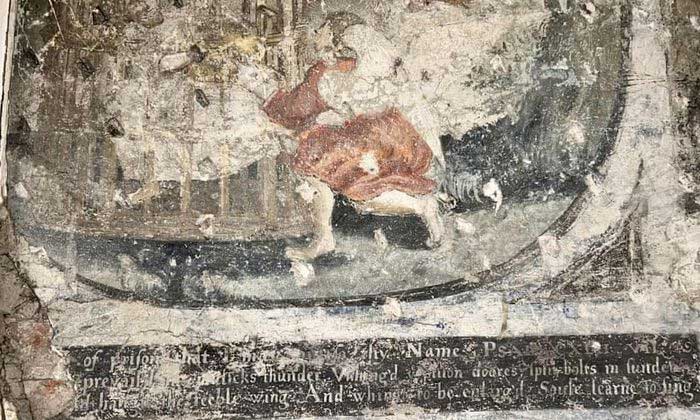
The murals are based on the work Emblems (1635), authored by poet Francis Quarles. (Photo: SWNS).
Budworth told SWNS: “The first people to discover it were the kitchen fitters; they saw it behind my kitchen cabinets. When I found it, I immediately thought that the piece of wood parallel to the chimney might have something similar. I never thought anything of it before; I just assumed there would be pipes behind it.”
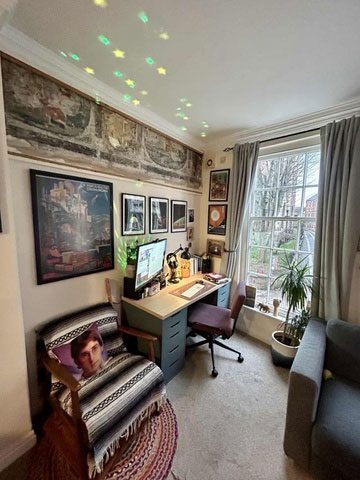
The artwork in Luke Budworth’s apartment dates back to around 1660. (Photo: SWNS).
“We always knew it was a strange section of wall, but this shabby apartment was filled with all sorts of junk accumulated over the years. I was so excited, I grabbed my tools and started tearing it out,” he shared.
“At first, I thought it was old Victorian wallpaper, but soon after, I realized it was painted on the wall of the adjacent building – it’s even older than this building.”
He further added: “It’s crazy to think it has been here even before the Great Fire of London or similar events.”
Budworth moved to York from Warrington partly because of the city’s history, he mentioned. However, alongside the “thrill” of having such ancient murals in his home, he also feels a burden as he cannot preserve them properly.
He has received help from Historic England to cover them to prevent any unnecessary damage. “We printed a high-resolution copy and laid it over the murals for preservation,” he said.
“Hopefully, we can inform a society or a researcher to consider undertaking some experimental conservation projects. I also hope this story inspires many people on Micklegate to start wondering what might be on their walls.”









































